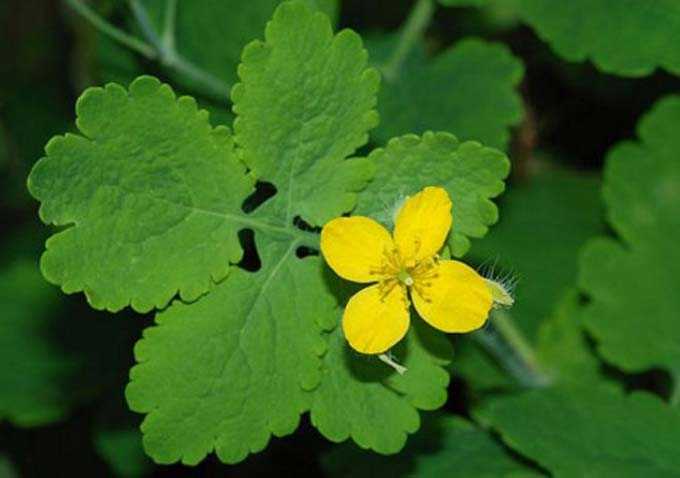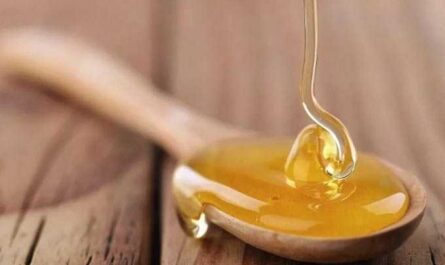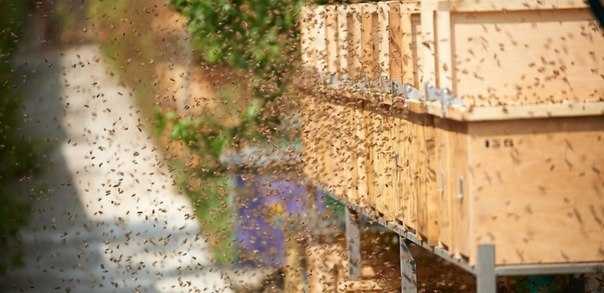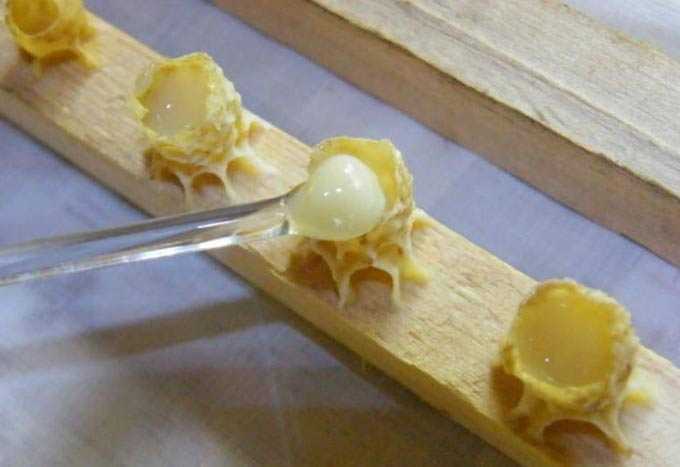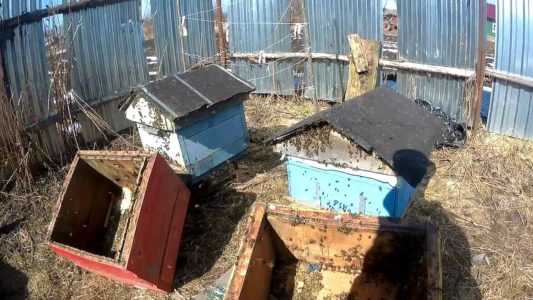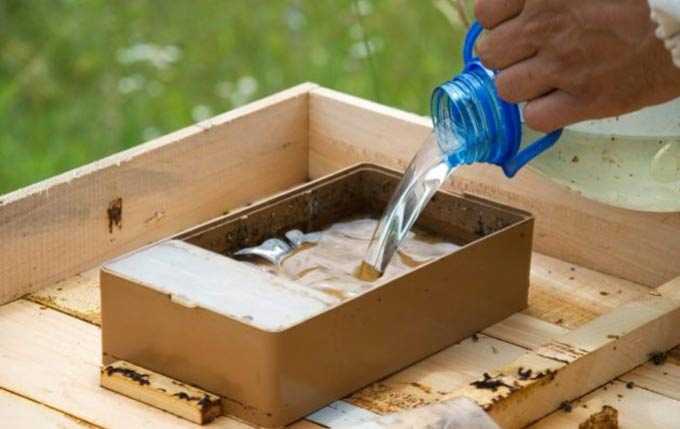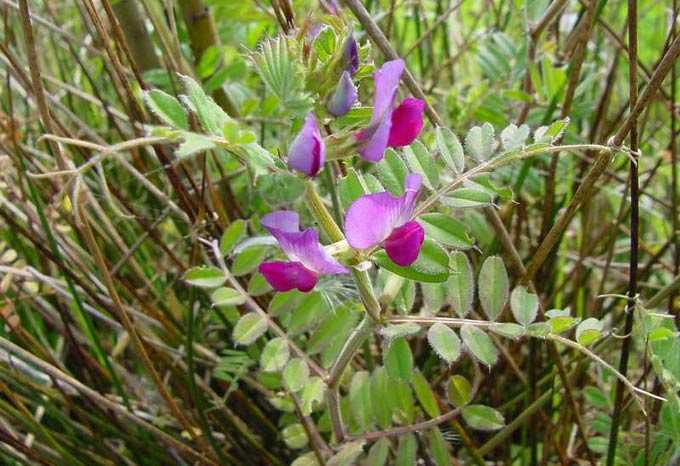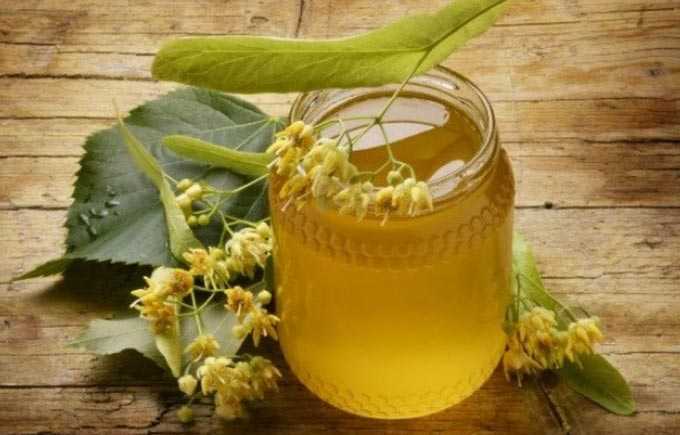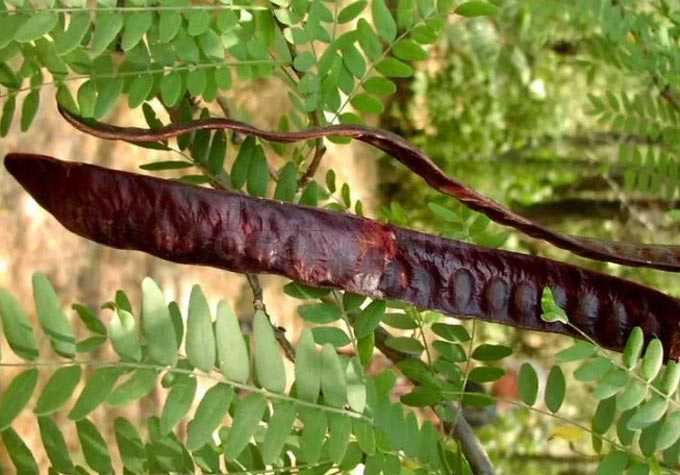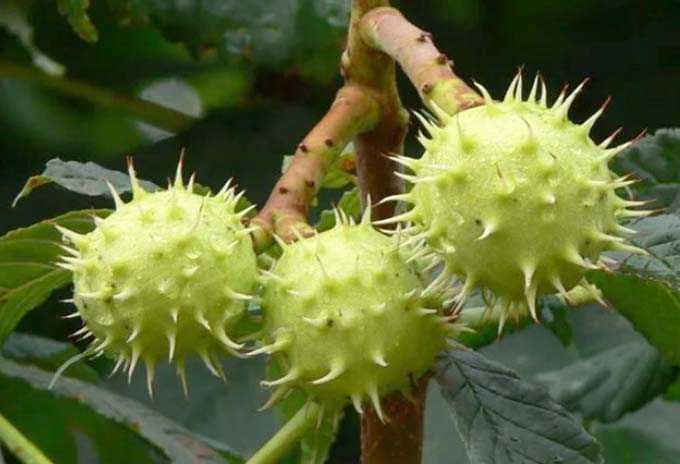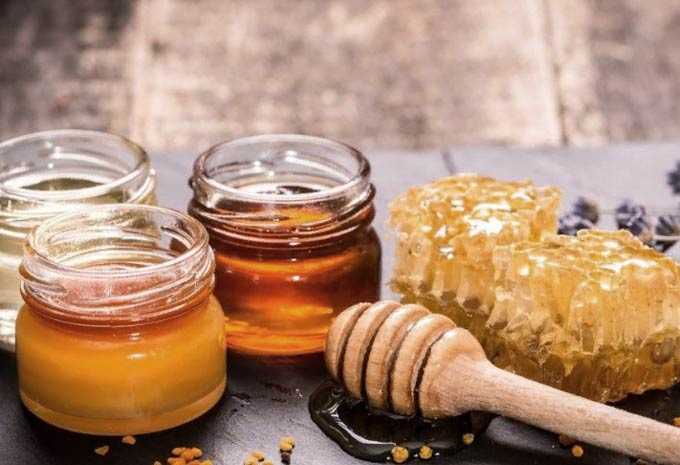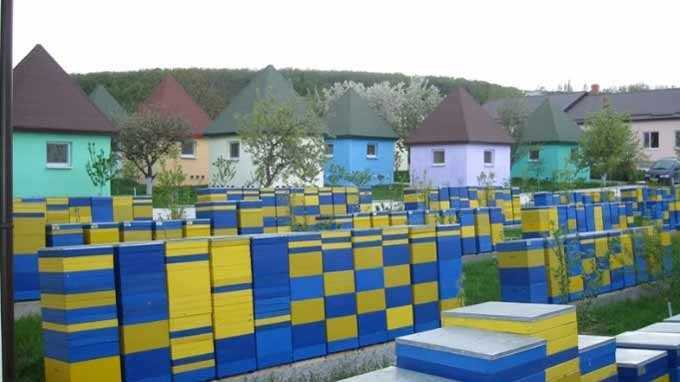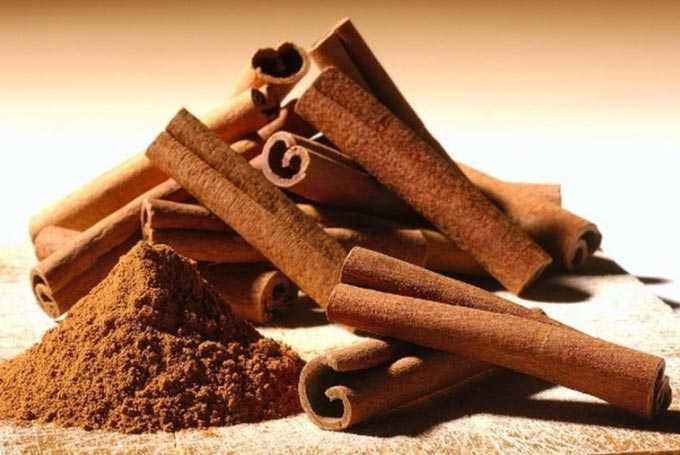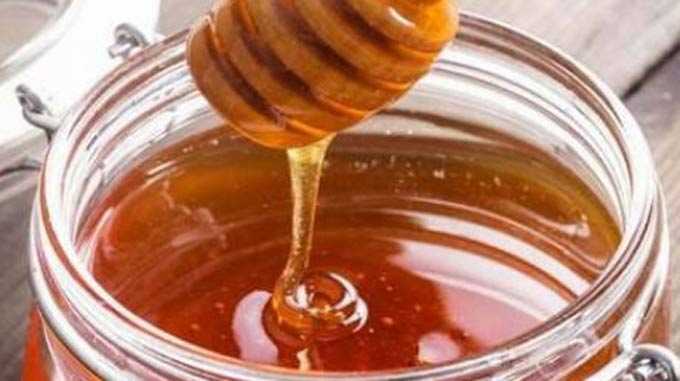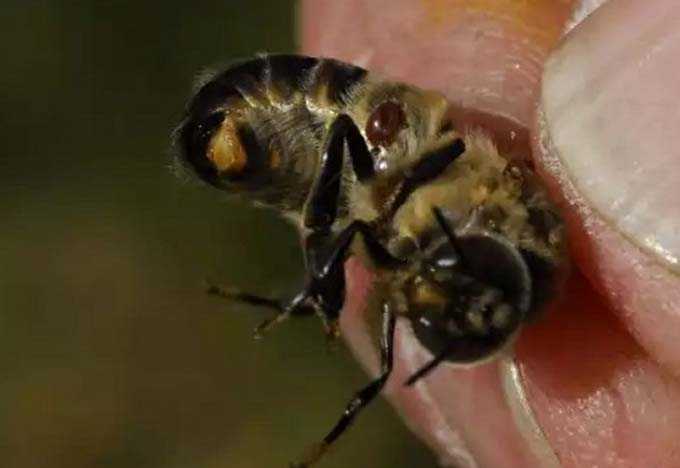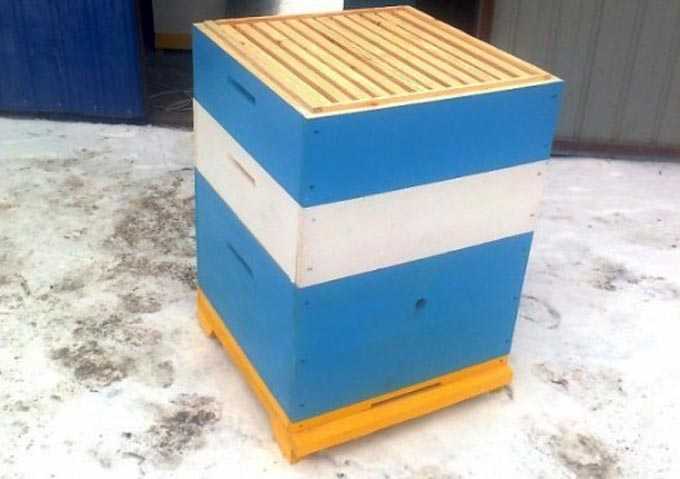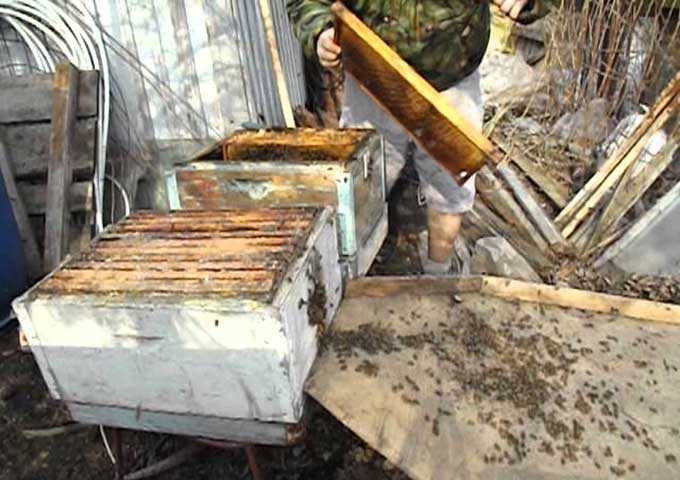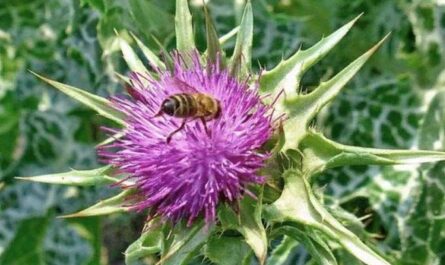Celandine is well known to experienced beekeepers as a stimulant and prophylactic agent that helps prevent the spread of a number of serious diseases.
With the help of this unpretentious herb, you can help bees with various types of foulbrood, as well as nosematosis and stone brood (ascospherosis). In varroatosis, celandine is a good addition to the main therapy – it supports the immune system in insects, thereby helping to resist this dangerous invasion.
The content of the article
- 1 Procurement Secrets
- 2 Spraying application
- 2.1 Treatment schemes
- 2.2 important points
- 3 Application as a paste
Procurement Secrets
Chelidonium majus L, popularly known as celandine, is harvested from June to the end of July – that is, the harvesting of raw materials is carried out during its flowering period.
Cordata XNUMX
You can find this grass in areas that have not been subjected to agricultural processing for a long time. For example, near buildings and fences, along a zone of arable land, outside settlements, where grasses riot.
This weed is poisonous! When collecting, it is necessary to use gloves, especially with sensitive skin of the hands and a tendency to allergic reactions.
There are two factors to consider when harvesting:
- air temperature – the warmer, the faster the grass will dry;
- humidity – at low temperatures and humid weather, this herb does not dry out, but turns black (such raw materials are not suitable for use for medicinal purposes).
In order for celandine to dry quickly and efficiently, it is recommended to grind its stems into small pieces (8-12 cm each). Raw materials are laid out under a canopy in a fairly thin layer and mixed periodically. Layer thickness during drying is no more than 4-5 centimeters.
Pre-grinding in the future makes it easier for the beekeeper to prepare spray broths and other medicinal uses of this herb in an apiary.
Spraying application
Treatment of bees with celandine most often involves spraying the broth. This folk remedy is well tolerated by bee colonies, even with its repeated and systematic use.
For summer cure 100 grams of fresh medicinal raw materials are poured into two liters of boiling water. The product simmers over low heat for 20-30 minutes. After cooling to the temperature of the human body (the broth does not burn fingers), you can start spraying the hives.
For spring and autumn treatments for the same amount of boiling water, six tablespoons of medicinal raw materials are taken. The broth is boiled under a lid for 5-7 minutes, and then infused in an enamel bowl for 7-8 hours. In order for the grass to give up all the medicinal substances as much as possible, the raw materials must be carefully crushed. In this state, it is easier to comply with the required dosage and achieve the maximum therapeutic and prophylactic effect. Before use, the product is heated to 36-37 degrees.
If you have to work in rather cool weather, when the temperature on the thermometer is about +20 degrees, you can put the bottle or the body of the plastic spray in a “fur coat” – a cover made of natural wool or other warm fabric.
Important: The ambient temperature is a very important factor. It is known that moisture is the most harmful for the bee colony. It provokes, among other things, the spread of foulbrood and ascospherosis. Therefore, the air outside should be warmed up to at least +20 degrees, which will ensure quick drying of the frames after spraying.
Garden Sprayer
For processing, you can use:
- a plastic bottle with small holes on the lid is a budget option when the beekeeper has nothing else at hand;
- fine-dispersed sprayer like “Rosinka” – it is convenient for them to work in small apiaries;
- a pneumatic sprayer used for garden work – with its help you can easily process from 50 to 100 or more hives.
Each frame is sprayed on both sides, as well as the bottom, walls of the hive, canvas. For bees, this treatment is an important stimulating event. The very next day is celebrated:
- activation of the flight;
- intensification of the activity of cleaning nests – diseased larvae are thrown away, and within 7-8 days the working bees clean out all the litter from the bottom of the hives;
- increased oviposition in queens;
- reduction of Varroa mites in drone brood (with repeated processing).
For the purpose of stimulation, spraying of honeycombs, foundation and bodies installed when expanding the nests is used. After such treatment, insects with great zeal are mastering new frames.
Treatment schemes
Larvae killed by ascospherosis
With ascospherosis:
- spraying every three days for 2-3 weeks;
- re-spraying if relapses are detected in individual families (the concentration of the decoction can be slightly exceeded).
Features of the treatment of ascospherosis in honey bees
With rotten infections:
- spraying with an interval of 24 hours (3-4 treatments come out per week);
- a second course is performed in the presence of relapses.
Preventive and therapeutic treatment in April:
- several sprays during the week with a break of 1-2 days.
important points
The concentration of the broth can be increased, for example, take more than 10 grams of fresh grass (500-600 g) by 700 liters of boiling water. In this case, there are no negative consequences for insects – brood of any age, and adults do not die from such a remedy (there are no dead larvae on the ground in front of the entrances).
Spraying can be done in a jet – that is, directing trickles of the decoction from a plastic bottle into the space of the streets. This method simplifies work, reducing processing time, which is important for large apiaries. It also allows you to avoid the fierce reaction of bees when removing the spray frames from both sides – not all families are equally calm about such an intervention and react accordingly.
Prevention and treatment of the initial stage of ascospherosis will be successful in any case, regardless of what is used: spraying water dust through the “Rosinka” over sitting bees or treating the streets from above by watering them with a jet from a bottle.
Application as a paste
The entrances are processed with the paste (the cracks themselves and the landing boards – the medicine also gets to the bottom of the inner front walls). The meaning of such treatment lies in the activity of the bees themselves – on their paws, they carry medicinal substances throughout the hive (active components also get to the brood – they are absorbed by it along with the food).
Cooking pasta
The paste is made from petroleum jelly and dry herb of celandine crushed in a coffee grinder. The components are taken in a one-to-one ratio and mixed well until a homogeneous mass is obtained.
It is applied to the notches and landing boards as needed. The average course of treatment takes two to three weeks – progress will depend on the extent of the affected families. For example, the earlier asoxferosis is noticed and treatment is started, the faster the recovery occurs.
The dynamics in the case of treatment of a sick family with a decoction or the use of paste for stone brood is as follows:
- within ten days, the disease remains at the same level (approximately the same number of larvae die);
- then, within 14-21 days, there is a sharp decrease in the number of dead (thrown out of the hive) larvae – the clinical symptoms disappear completely.
Relapses are not observed if the treatment was performed in a timely manner – when the first symptoms are detected. In this case, a change of the uterus is not required.
As for foulbrood diseases, nosematosis and infestation with Varroa mites, celandine can only act as an additional therapeutic and prophylactic agent. You should not rely on this herb as the only remedy for curing such diseases. In this case, a decoction of celandine is recommended as a stimulator of immunity and the growth of weakened nests.
